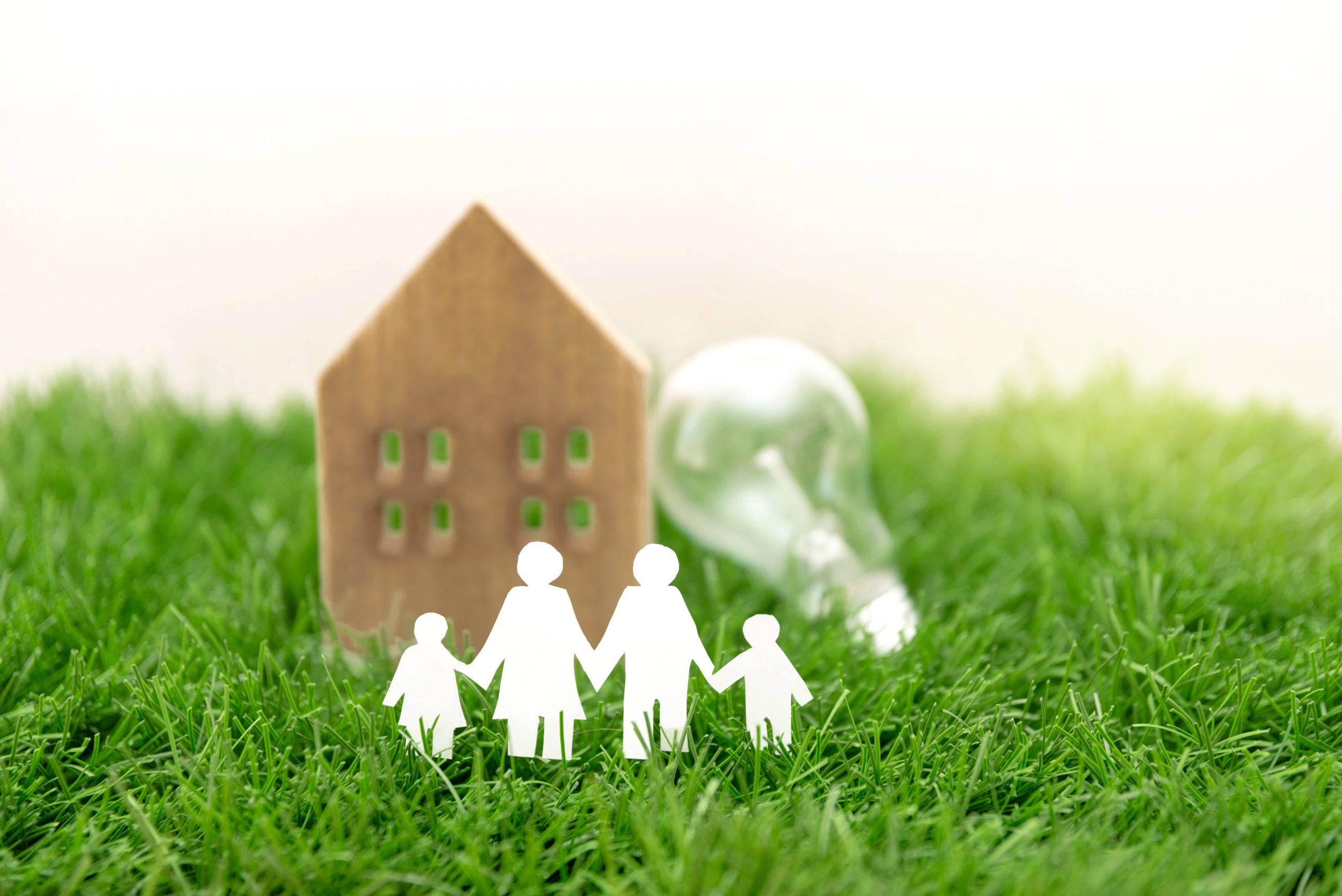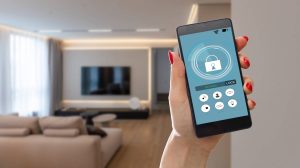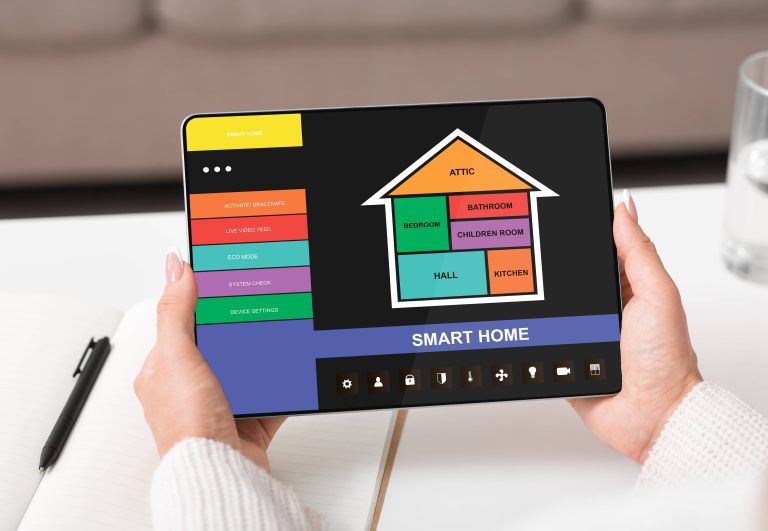
In today’s world, the importance of energy conservation and sustainable living cannot be overstated. As we strive to reduce our carbon footprint and combat climate change, one of the most effective ways to achieve this on a personal level is by automating our homes for a greener future. By integrating smart technology into our living spaces, we can ensure a more efficient use of energy, lower our utility bills, and promote environmental sustainability. This guide will walk you through the various ways you can automate your home to create an eco-friendly haven.
The Benefits of Home Automation for Energy Efficiency
Before diving into the specifics, let’s explore some of the key benefits of automating your home:
1. Reduced Energy Consumption: Smart devices are designed to optimize energy use, which can lead to significant savings on electricity and heating bills.
2. Increased Convenience: Automation allows you to control all your devices remotely, ensuring that everything operates efficiently even when you’re not home.
3. Enhanced Comfort: Smart systems can provide a more comfortable living environment by maintaining optimal temperatures and lighting levels.
4. Eco-Friendly Living: By reducing your energy consumption, you’re directly contributing to the reduction of greenhouse gas emissions.
Choosing the Right Smart Devices
To create an energy-efficient smart home, you need to invest in the right technology. Here are some essential devices to consider:
Smart Thermostats
One of the most effective ways to reduce energy consumption is by installing a smart thermostat. These devices learn your habits and automatically adjust the temperature to ensure optimal energy use. For example, they can lower the temperature when you’re asleep or away from home, and warm it up shortly before you return. Brands like Nest and Ecobee offer advanced options that integrate seamlessly with other smart home systems.
Smart Lighting
Lighting accounts for a significant portion of household energy use. Smart lighting systems, such as those offered by Philips Hue and LIFX, allow you to control your lights remotely and set schedules to ensure they are only on when needed. You can also adjust the brightness and color of your lights to create the perfect ambiance while saving energy.
Smart Plugs and Power Strips
Many devices continue to draw power even when they’re turned off. Smart plugs and power strips can help eliminate this “phantom” energy use by cutting off power to devices when they’re not in use. These gadgets, like those from TP-Link and Belkin, can be controlled through an app, allowing you to turn off appliances remotely.
Smart Appliances
Modern smart appliances, such as refrigerators, washing machines, and dishwashers, are designed with energy efficiency in mind. They can be programmed to run during off-peak hours, use less water, and operate more efficiently. Brands like Samsung and LG offer a range of smart appliances that can be integrated into your home automation system.
Smart Blinds and Shades
Controlling the amount of natural light that enters your home can have a significant impact on energy use. Smart blinds and shades can be programmed to open and close based on the time of day or the position of the sun. This helps regulate indoor temperatures, reducing the need for heating and cooling.
Creating a Smart Home Ecosystem
To maximize the benefits of home automation, it’s essential to create a connected ecosystem where all your devices can communicate and work together seamlessly. Here are some steps to get started:
Choose a Smart Home Hub
A smart home hub is the central command center of your automation system. It allows you to control all your smart devices from a single app or voice assistant. Popular options include Amazon Echo, Google Nest Hub, and Apple HomePod. Choose a hub that is compatible with the majority of your devices to ensure smooth integration.
Use Automation Platforms
Automation platforms, such as IFTTT (If This Then That) and SmartThings, enable you to create custom routines and scenarios for your devices. For example, you can set up a routine that turns off all lights, lowers the thermostat, and locks the doors when you say “Goodnight” to your smart assistant.
Leverage Voice Assistants
Voice assistants like Amazon Alexa, Google Assistant, and Apple’s Siri can simplify the control of your smart home. By integrating these assistants with your smart devices, you can use voice commands to adjust settings, check energy usage, and manage your home automation system.
Tips for Optimizing Energy Efficiency
To ensure your smart home is as energy-efficient as possible, consider the following tips:
1. Regularly Update Your Devices: Keep your smart devices updated with the latest firmware to ensure they are operating at peak efficiency.
2. Monitor Energy Usage: Many smart devices come with energy monitoring features that allow you to track your consumption in real-time. Use this data to identify areas where you can reduce usage.
3. Set Schedules and Routines: Take advantage of scheduling features to ensure your devices are only running when needed. For example, set your thermostat to lower the temperature when you’re at work and raise it before you get home.
4. Opt for Energy Star-Certified Devices: When purchasing new appliances or devices, look for the Energy Star label. These products meet strict energy efficiency guidelines set by the U.S. Environmental Protection Agency.
Conclusion
Automating your home for a greener future is not only a smart financial decision but also a crucial step towards environmental sustainability. By investing in energy-efficient smart devices and creating a connected ecosystem, you can significantly reduce your energy consumption, lower your utility bills, and contribute to a healthier planet. Start your journey towards a smart, sustainable home today and enjoy the numerous benefits that home automation has to offer.







